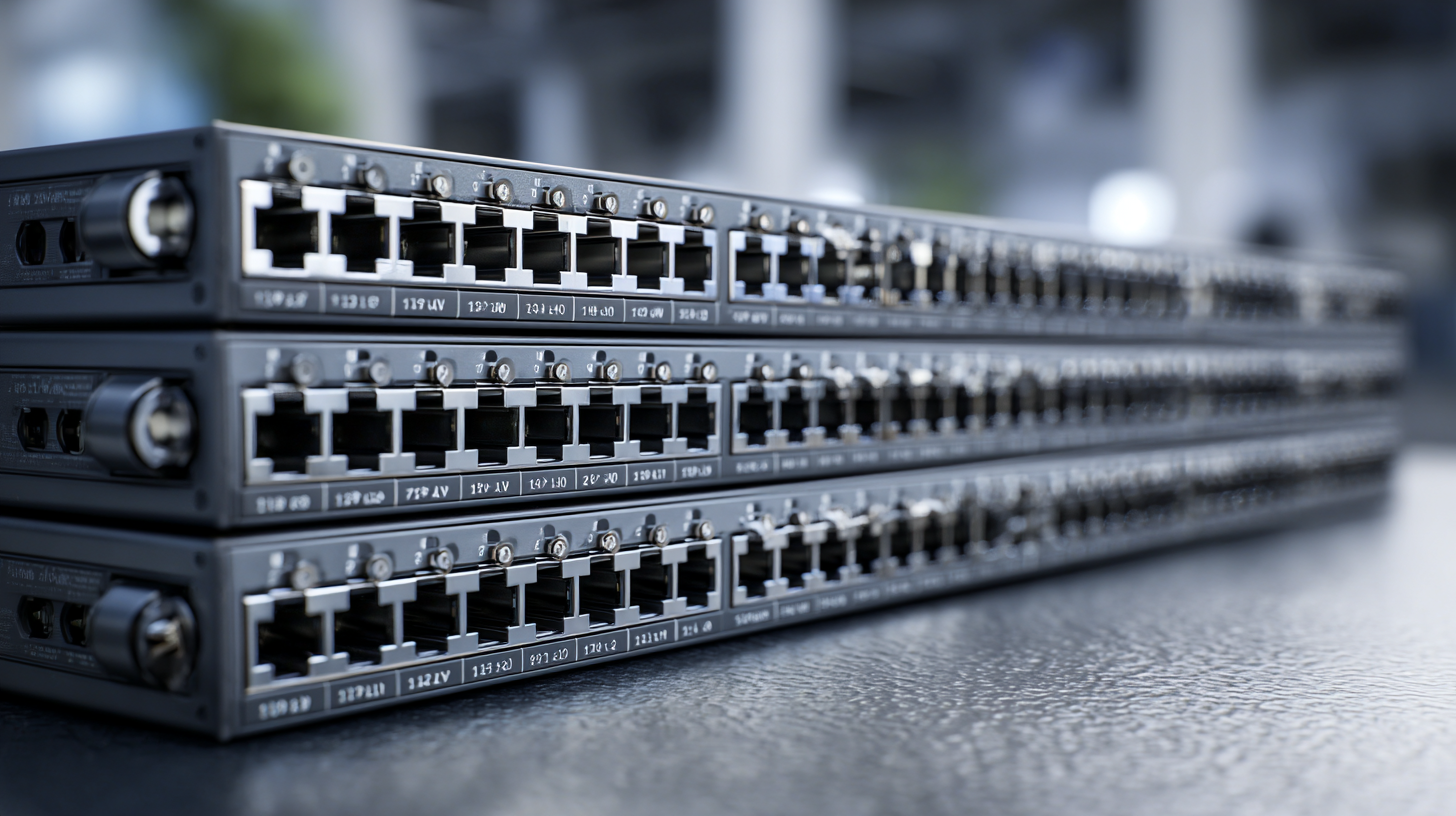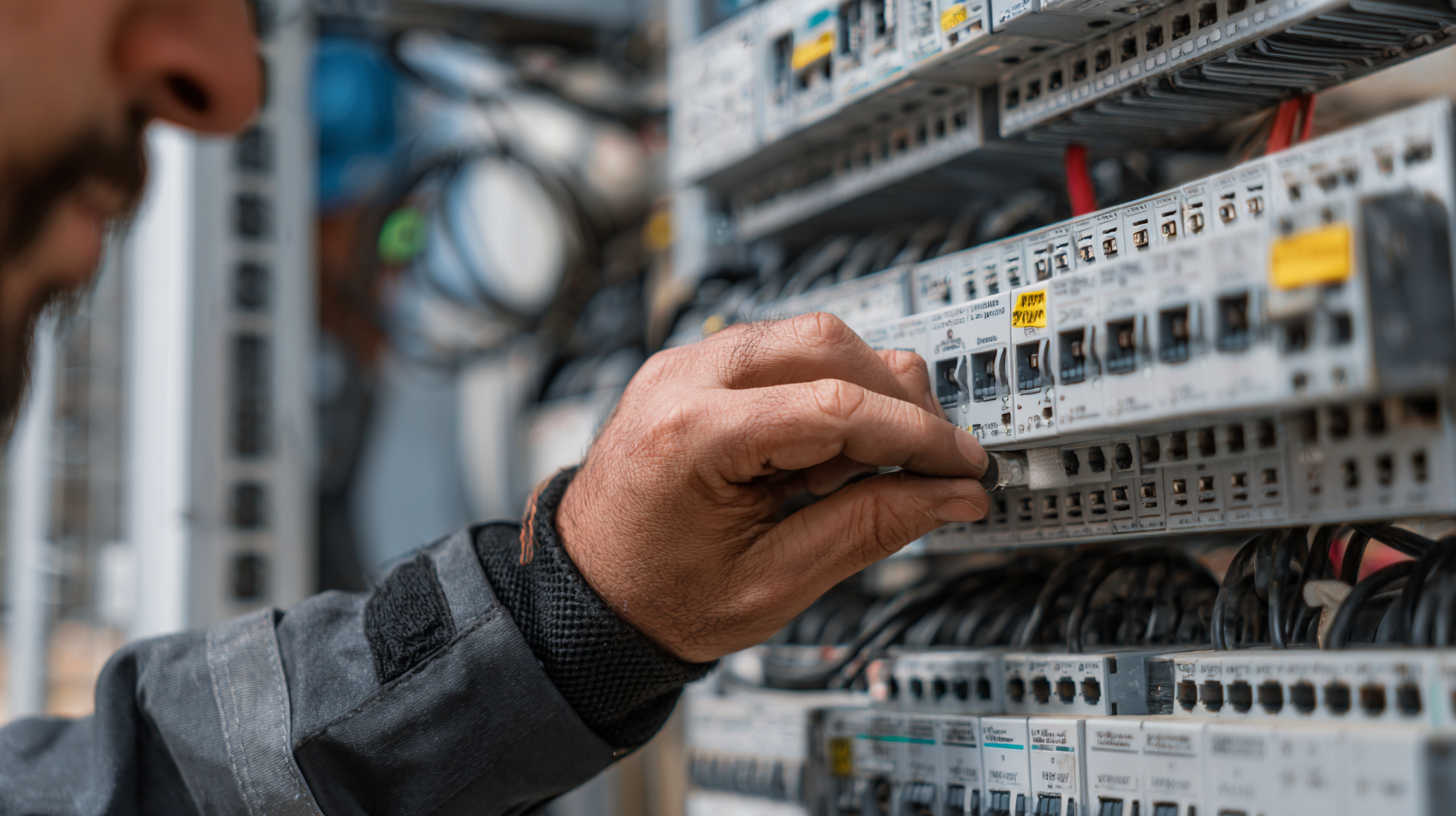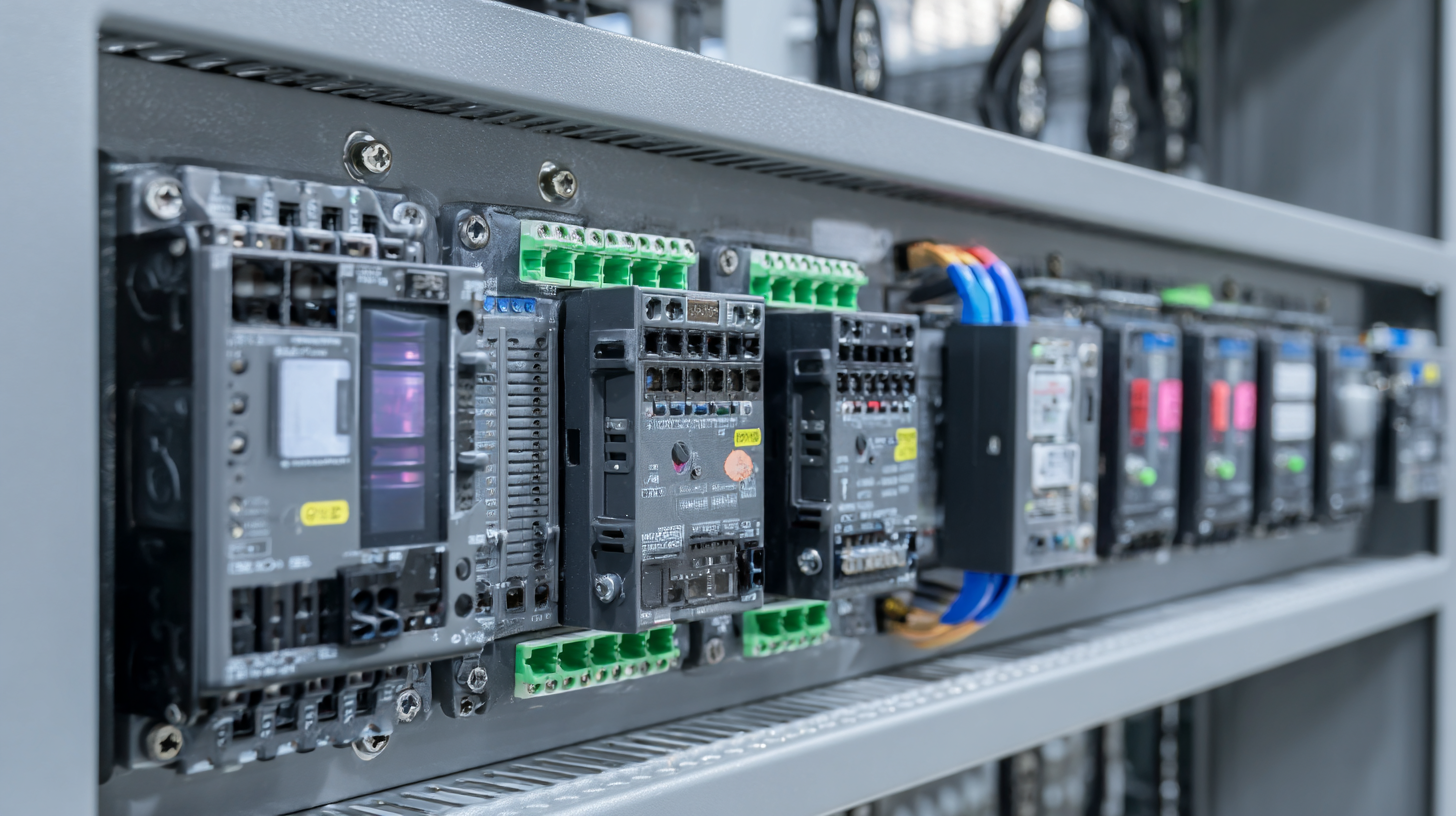
- [email protected]
- Mon - Sat at 7:00AM to 9:00PM
Leave Your Message

In today's rapidly evolving industrial landscape, the need for reliable and efficient networking solutions is paramount, making the choice of an Industrial Managed Poe Switch crucial for businesses across various sectors. These devices not only enable seamless data transmission but also support power delivery over the same Ethernet cable, optimizing both space and energy consumption. With the rise of smart manufacturing and IoT applications, selecting the right Industrial Managed Poe Switch becomes even more critical. This blog will explore ten essential tips to guide you in choosing the best switch tailored to your operational needs, ensuring that your infrastructure is both robust and future-proof. By understanding the features and specifications of these switches, you can leverage China's top-notch manufacturing capabilities that are rapidly gaining global traction, guaranteeing a deployment that enhances your facility's productivity and reliability.

Power over Ethernet (PoE) technology has dramatically transformed industrial applications by allowing both power and data to be transmitted over a single Ethernet cable. This innovation is particularly beneficial for installations in remote or hard-to-reach locations where traditional power infrastructure may be costly or impractical. According to a recent report by MarketsandMarkets, the PoE market is projected to grow from $1.7 billion in 2023 to $4.6 billion by 2028, highlighting the increasing adoption of PoE technology across various industries.

One of the standout applications of PoE in industrial settings is in the deployment of powered devices such as IP cameras, wireless access points, and VoIP phones. The utilization of PoE not only simplifies cabling requirements but also enhances operational efficiency. Research published by the IEEE indicates that PoE can support up to 90 watts of power delivery, making it suitable for high-demand devices. As industries continue to prioritize smart technologies and connectivity, the role of PoE in enabling a more integrated and responsive infrastructure is set to expand, offering opportunities for improved monitoring and control systems.
When selecting an industrial managed Power over Ethernet (PoE) switch, there are several key features that should not be overlooked to ensure optimal performance and reliability. Firstly, consider the number of PoE ports and the total power budget of the switch. According to a report by MarketsandMarkets, the global PoE switch market is projected to grow from USD 2.23 billion in 2020 to USD 6.32 billion by 2025, indicating a growing reliance on PoE technology in industrial settings. A switch that offers sufficient PoE ports and a robust power budget can support multiple devices such as IP cameras, VoIP phones, and wireless access points without power delivery issues.
Another crucial factor to evaluate is the managed capability of the switch, which allows for advanced network management features such as VLAN support, Quality of Service (QoS), and network monitoring. A report from Grand View Research notes that managed switches are expected to account for 65% of the market share by 2026, highlighting their importance in providing enhanced security and better performance. Look for switches that offer intuitive management interfaces and compatibility with network management protocols, which can help in reducing downtime and increasing operational efficiency in industrial applications.
When selecting an industrial Managed Power over Ethernet (PoE) switch, power budgeting emerges as a critical factor that can significantly impact network performance and reliability. According to a report by Allied Market Research, the global Power over Ethernet market is projected to reach $4.83 billion by 2023, highlighting the increasing demand for effective power management solutions in industrial settings. Understanding the power budget of a PoE switch allows organizations to effectively allocate power to various devices, such as IP cameras, access points, and VoIP phones, ensuring that all devices receive adequate power without exceeding the switch's capacity.
To calculate the total power budget, it is essential to consider the cumulative power requirements of all the connected PoE devices. IEEE 802.3af and 802.3at standards specify power delivery limits of 15.4W and 30W per port, respectively, while the newer IEEE 802.3bt standard can deliver up to 60W to 100W per port. A comprehensive assessment based on these standards can help industrial operators select a switch that meets both current and future power needs. Additionally, by including factors such as safety margins, potential future expansions, and the types of devices being powered, businesses can avoid costly outages and ensure seamless operations in demanding environments.
When selecting the best industrial managed Power over Ethernet (PoE) switch, evaluating reliability and durability is crucial, especially in harsh environments often faced in industrial settings. According to a report by MarketsandMarkets, the global managed Ethernet switch market is expected to grow from $4.7 billion in 2021 to $8.5 billion by 2026, reflecting the increasing need for resilient networking solutions that can operate under demanding conditions. This growth highlights the importance of choosing switches that are designed to withstand extreme temperatures, vibrations, and electromagnetic interference typical in industrial locales.

Durability in industrial managed PoE switches can be gauged by their compliance with standards such as IEC 61000 for electromagnetic compatibility and IEC 60950 for safety. Additionally, manufacturers providing IP ratings indicate their product's resistance to dust and water, which is critical for applications in factories and outdoor locations. A study conducted by Frost & Sullivan emphasized that businesses that upgrade to robust network infrastructure can enhance their operational efficiency by 30%, emphasizing that selecting the right switch not only ensures uptime but also contributes to overall productivity in industrial operations. Thus, it is imperative for buyers to prioritize tested and certified models when making their choice.
When selecting the right Power over Ethernet (PoE) switch for industrial applications, balancing quality with budget constraints is crucial. According to a report by MarketsandMarkets, the global PoE switch market is expected to reach USD 1.4 billion by 2026, growing at a CAGR of 11.8% from 2021 to 2026. This growth indicates an increasing reliance on PoE technology, making it vital to invest in switches that not only meet your operational needs but also provide long-term value.
Cost considerations extend beyond the initial price tag of a PoE switch. A comprehensive analysis by Frost & Sullivan emphasizes the importance of total cost of ownership (TCO), which accounts for factors such as energy efficiency, maintenance, and operational longevity. Investing in high-quality switches could lead to lower energy consumption—up to 20% savings over time, as documented in a study by the Ethernet Alliance. These savings can significantly offset the higher upfront costs, underscoring the importance of evaluating both quality and budget when making your decision.